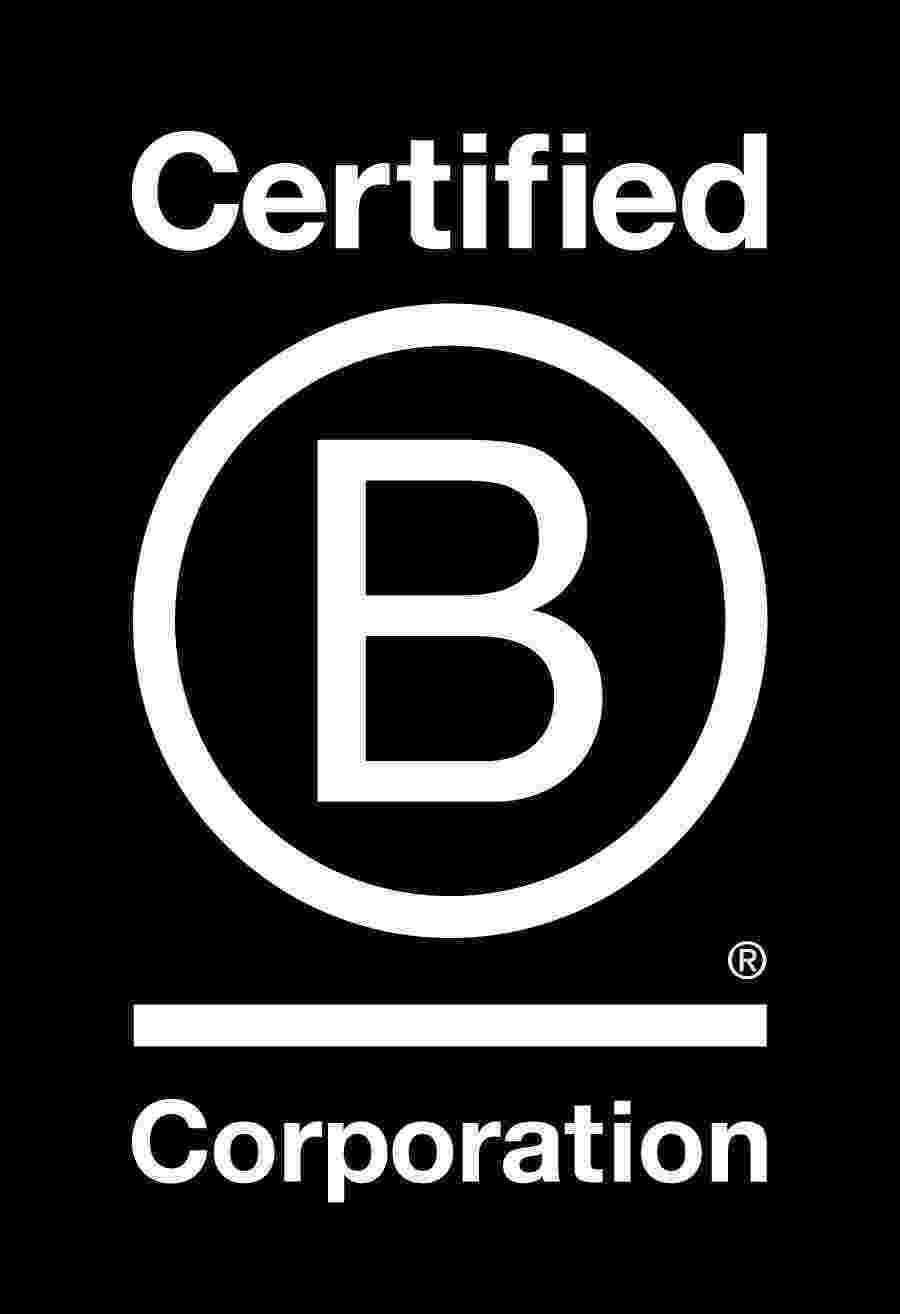5 Key Digital Media & Advertising Trends For 2023

Even though we can't predict what's in store for the industry in the coming year, we can extrapolate from current trends and make some basic predictions…
As the media and marketing landscape changes in 2023, advertisers must be ready to do more with less personal information. As a result of Google's decision to delay the removal of third-party cookies from Chrome, we have had more time to explore new opportunities related to personal data collection.
Authenticity and transparency will be key this year, as companies move to find their unique voice and connect to relevant audiences and AI and machine learning will be increasingly used to leverage business opportunities.
1. Continued growth of First-Party Data
During the rapid digital transformation of the advertising industry, marketers resorted to third-party data collection - cookies - to inform their budgetary decisions. Digital advertising strategies are being forced to change because of privacy-driven restrictions.
The newly announced privacy regulations will affect how marketers target audiences, and contextual targeting by AdTech companies is likely to take off in 2023.
Contextual targeting (which was ironically also the next big thing in the early 2000s) relies on a web page's keywords and content when deciding when to display ads, rather than relying on user cohorts as a parameter—an increasingly attractive approach given the rise in privacy-focused regulations in recent years. Google, as a result, will begin replacing Federated Learning of Cohorts (FLoC) with a new interest-based targeting proposal called Topics, focusing on user behaviour from browsers.
2. More and shorter video
Last year saw the expansion of video consumption thanks to social media platforms TikTok, Instagram Reels, and YouTube Shorts. These platforms' growing popularity among users has motivated brands to adapt their ad campaigns to the latest trends.
Meanwhile, shoppable interactive video ads have cashed in on the pandemic-accelerated rise of eCommerce over the past couple of years.
Once again, we expect to see contextual video ads as an alternative to third-party data driven marketing. Additionally, with the rise of social commerce, publishers and advertisers have significant opportunities to provide high-quality video content to consumers.
Large brands can use video ads to raise awareness and educate consumers about their brands but need to understand how their audience consumes video to avoid putting their effort in the wrong place.
3. Increased Transparency
While 2022 was marked by a growing awareness of online users' privacy rights, 2023 is set to be shaped by marketers' efforts to adapt to changes brought about by new privacy laws.
With advertisers increasingly needing their brand values and beliefs to resonate with visitors, they will have to rethink their customer strategies.
There will be a renewed focus on the value exchange between advertisers and consumers, with advertisers having to think about marketing efforts that build trust. This in turn means instances of ad fraud, misleading leads, and other malpractices associated with digital advertising will further go down.
4. A solution for the Digital Natives
The impact of the global pandemic on consumers' behaviour coincides with the coming of age of Gen Z consumers.
Gen X online behaviour differs completely from that of millennials and marketers are already looking to adapt their advertising strategies to improve their reach with these younger consumers.
Gen Z is the first generation to be considered digitally native and members have helped drive the emergence of influencers of all sizes across various social media platforms. Influencers are now a leading factor in how consumers relate to and consume a brand, with as much as 70% of US teens trusting influencers more than the traditional celebrities.
Gen Z consumers have shown a preference for brands that promote individuality and diversity, while also being more open to receiving their news and information via word of mouth.
For brands, this sense of individuality means being present on different social media platforms and developing marketing strategies that promote dialogue and inclusion.
5. Explosion in Connected TV (CTV)
Connected TV (CTV) viewing is expected to continue growing, given that more than, in the UK 68% of TV viewing already comes from streaming devices.
Its main advantage is its ability to be driven by real-time data. In addition to better targeting opportunities, CTV appears to be one of the best solutions for many, as it is based on location, household, and device levels.


